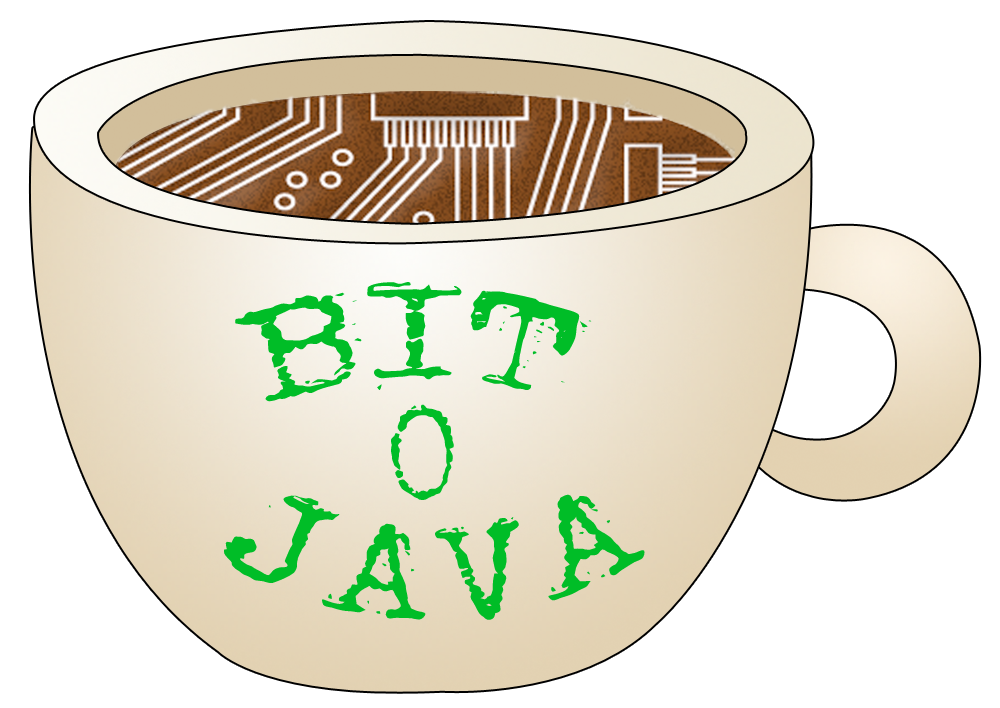A conversation on Twitter last night led me to think about the language of coffee. Several coffee fans tweeted about a lack of “naturals” compared to the availability of “washed” or “honeys.” For the uninitiated, this lingo is a barrier to the delicious world of coffee appreciation. Would anyone outside of specialty coffee know (or care) how this coffee code translated into his or her morning cup of coffee or espresso demitasse?
Understanding the terms allows you to describe why you enjoy some coffees more than others. It could be where it was grown, how it was processed or the roast profile that matters most to you. We all perceive taste differently; don’t take someone else’s word for it. Use your own ortho-nasal perception. (That’s a real thing!) Here are some vocabulary building blocks, the ABCs or the HTML if you will, of how coffee is encoded.
The Coffee Plant
You have heard of ‘”Arabica” and “Robusta” before but what does that mean exactly? This is code for the two main species of coffee plants in agricultural production, Coffea Arabica and Coffea canephora. Arabicas are grown at higher elevation and Robustas are grown at lower elevations. The difference between these two species is more than just where they are grown though. They each bring different characteristics to a coffee blend.
- Arabica and Varietals
Most coffee can trace its “roots” back to this plant. It is responsible for over 75% of the world’s commercial coffee production. This is the forefather of famous coffee varietals like Blue Mountain, Bourbon, Columbian and Kona.
- Robusta and Varietals
Robusta has a high level of caffeine and bitterness, but on a positive note it is used to give strength and body to many coffee blends. The most famous Robusta is the controversial civet coffee. Coffee berries are eaten and then passed by Asian Palm Civets, then the coffee is processed for human consumption.
The Process
How the coffee is processed further defines the flavor. Here are the main talking points to allow you to fake coffee connoisseurship at a cocktail party. It’s not pretentious– it’s educational and quite a bit more exciting than variables, functions and options to tell the truth.
- Natural
Also called dry-processing. This requires less machinery and is better suited for coffee plantations in growing regions with limited rainfall (Ethiopia, Yemen and parts of Indonesia and Brazil).
- Washed
Also called wet-processing. Here the coffee cherry is pulped, floated in water, fermented, washed and dried into a green coffee bean.
- Honey
Also called pulped natural (aka hybrid process, semi-washed, wet-hulled, red honey, yellow honey, black honey). The skin is removed from the coffee and then dried with the fruit clinging to the mucilage, a parchment like layer.
I <3 Coffee
Whether you prefer a Guatemala Huehuetenango or a Kenya Kirinyaga Kiangoi Peaberry (These are real coffees!) there’s always something new to learn about coffee. While it is not mandatory to know your Mocha from your Java (or your JavaScript!) it helps to put it all into perspective. The payoff to expanding your coffee vocabulary is the ability to seek out and ask for new coffees that you will love. And someday I might see your tweet about the mouth-feel of an El Salvador Bourbon and know that you are talking about the coffee and not the whiskey.
Samantha Joyce is a writer for Seattle Coffee Gear in Seattle, Washington. She prefers to leave the growing, processing and roasting of coffee to professionals, although she can make a darn good Chemex pour over. </p>








 Facebook
Facebook Twitter Joel
Twitter Joel Pinterest
Pinterest Youtube
Youtube